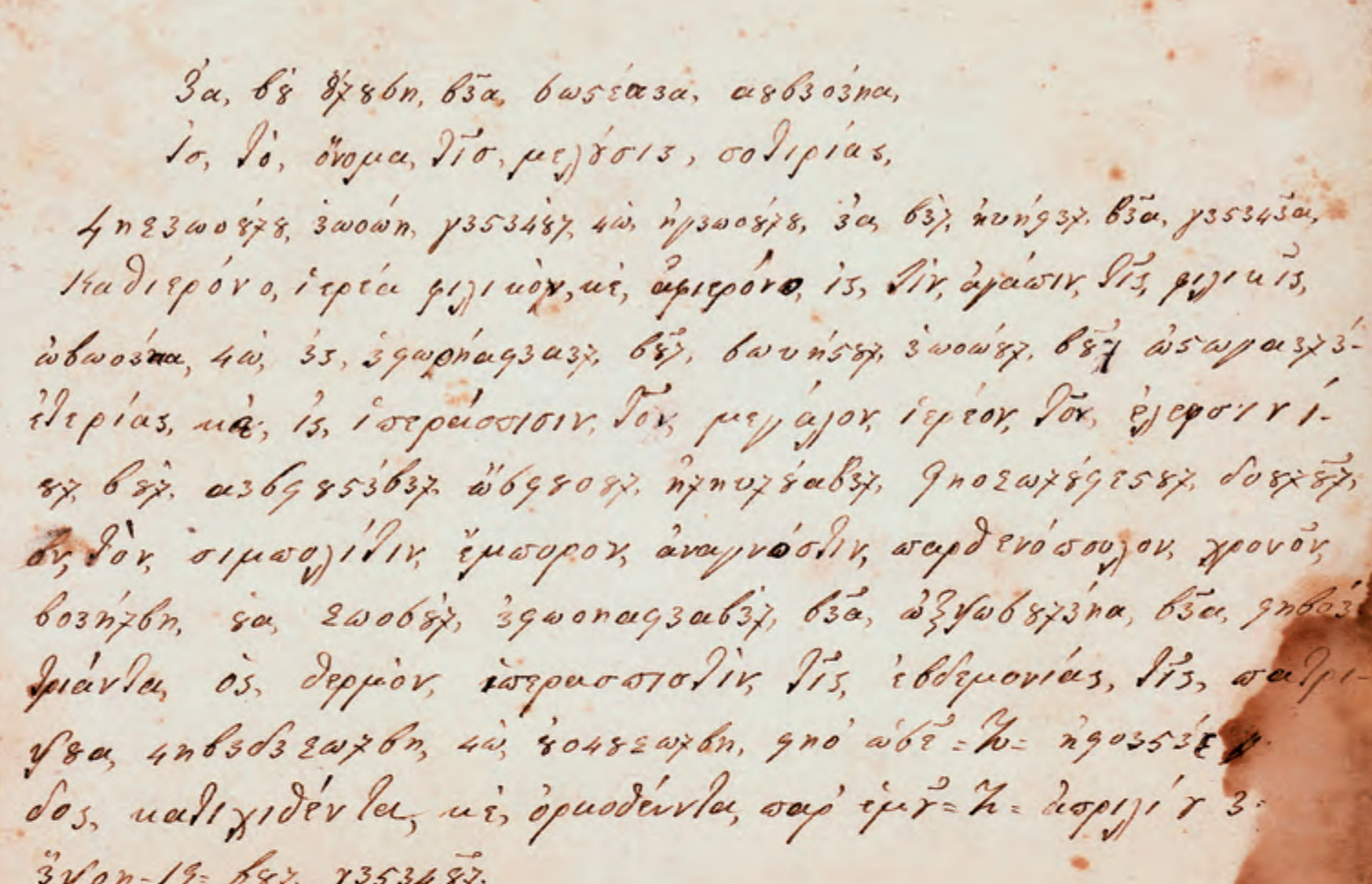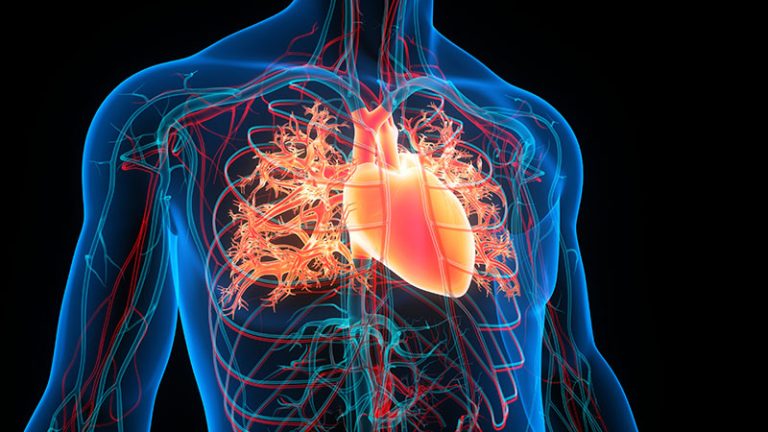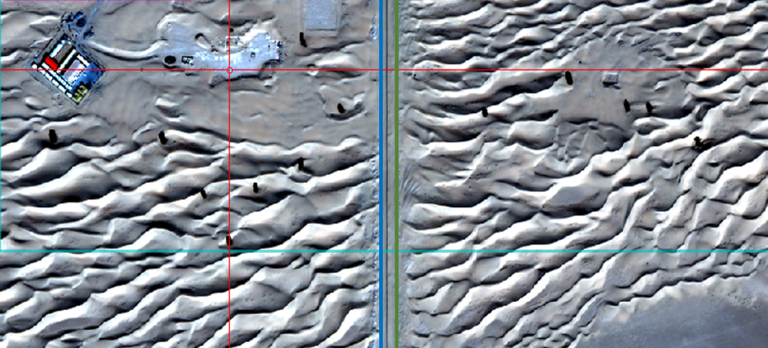Advanced imaging techniques unravel the secrets of ancient manuscript makers
Fractal and RGB image analysis reveals hidden insights into key characteristics of a historical Greek manuscript.
Imagine holding in your hands a piece of history; a manuscript that has stood the test of time. These handwritten treasures, with their faded inks, provide a window into our collective past, offering insight into cultural practices, historical events, and the lives of the scribes themselves.
A multidisciplinary team, including bioengineer Herbert Jelinek from Khalifa University’s Health Engineering Innovation Center, has developed a strategy using advanced imaging techniques that may provide essential insights into historical handwritten manuscripts by identifying inks and scribes using advanced imaging techniques.
As ink composition evolved over the ages, ink analysis has become more adept at manuscript dating and authentication, usefully aiding in detecting potential forgery. Scribes have distinctive handwriting and styles, and recognizing the scribe responsible for a manuscript can shed light on their historical significance and connect them to other artifacts.

However, accurate ink and scribe identification can be challenging due to the complexity of mixed inks and overwriting as well as the degradation over time brought about by exposure to light, humidity, and pollution. Reference materials are limited to a few inks and scribes, and historical manuscripts are often rare and valuable artifacts, which further complicates this task.
Drawing from an original idea by Distinguished professor of archaeometry and natural sciences, Ioannis Liritzis from Henan University, China, Ion Andronache, fromUniversity of Bucharest, Romania, and Jelinek have now turned to a combined fractal–RGB color image analysis to pinpoint the inks and scribes involved in a 1819 Greek manuscript.
The 20-page handwritten manuscript documents an initiation into the Philike Hetaereia, a secret organization founded in 1814 to unite Greeks across Europe and support the liberation of Greece from Ottoman rule.
“As a science researcher and faculty member teaching in several areas of biomedical engineering, it is crucial to explore questions outside one’s own expertise or apply one’s expertise to research areas beyond that expertise,” says Jelinek says.
“Many renowned scientists, such as Leonardo da Vinci and Daniel Bernoulli, pursued knowledge across different fields. I am not in the same league as these scientists but believe investigating phenomena in diverse fields provides a better grounding to understand phenomena in the natural world.”
While Andronache comes from an image analysis background in geography, Jelinek has extensively used fractals to diagnose different neurological, genetic, and psychological diseases. These fields require analysis models that can identify complex patterns beyond standard linear methods. “Here, we move to nonlinear mathematics, which is somewhat based on scaling,” Jelinek explains.
Jelinek’s interest in the concept of fractals goes back to his early days as a PhD student, when he investigated how nerves in the eye integrate information they receive using a tree branching structure where the branching diameter becomes smaller toward the periphery. This diameter change can be analyzed using a power law to yield the so-called fractal dimension and has a functional attribute. While other organs, such as the bronchial tree and blood vessels, display similar branching in the body, fractal patterns are also visible in numerous natural features ranging from river deltas to clouds. “Translating this idea of self-similarity and scaling to handwriting seemed natural,” he says.
The researchers enhanced the image analysis using the same RGB filtering technique employed in previous assessments of optical blood-vessel patterns. “Because blood is red, we used a green filter to best see the structural attributes in a grayscale image, which is converted to a black-on-white image for scaling pattern analysis,” Jelinek explains.
The team demonstrated that four distinct scribes contributed to the 1819 text and five types of iron gall inks were used in the process. “The Philike Hetaereiahad many members, and the handwritten documents are testament to the continuity of the society and the diverse inputs,” Jelinek concludes.
In addition to their work in agricultural and medical imaging, the researchers are now examining the architectural characteristics of buildings from various styles to better grasp architect and builder contributions.
Reference
- Andronache, I., Liritzis, I. & Jelinek, H.F. Fractal algorithms and RGB image processing in scribal and ink identification on an 1819 secret initiation manuscript to the “Philike Hetaereia.” Scientific Reports 13, 1735 (2023). | Article




